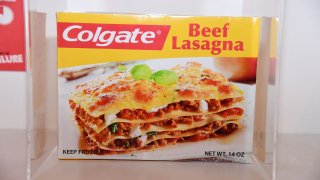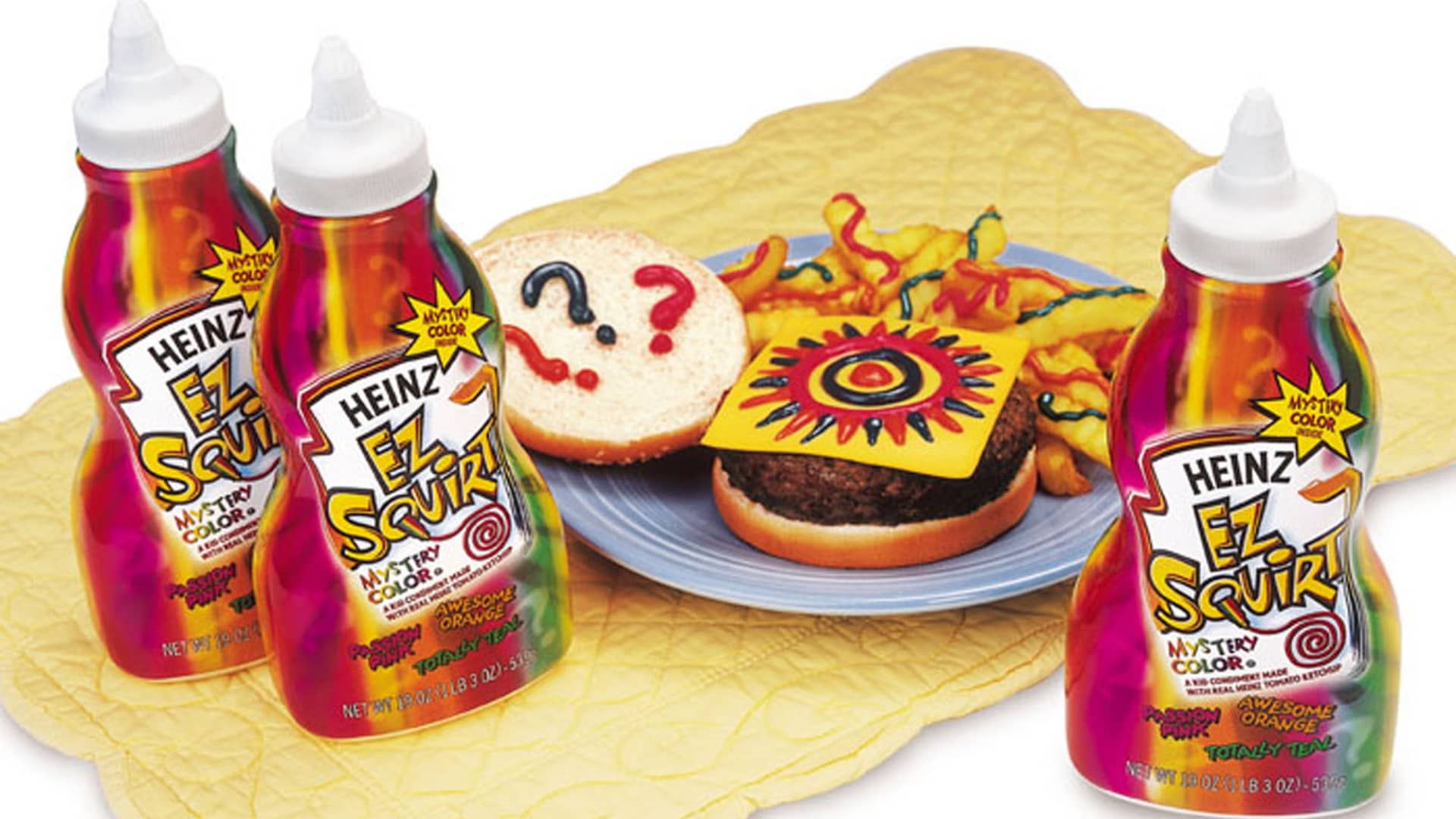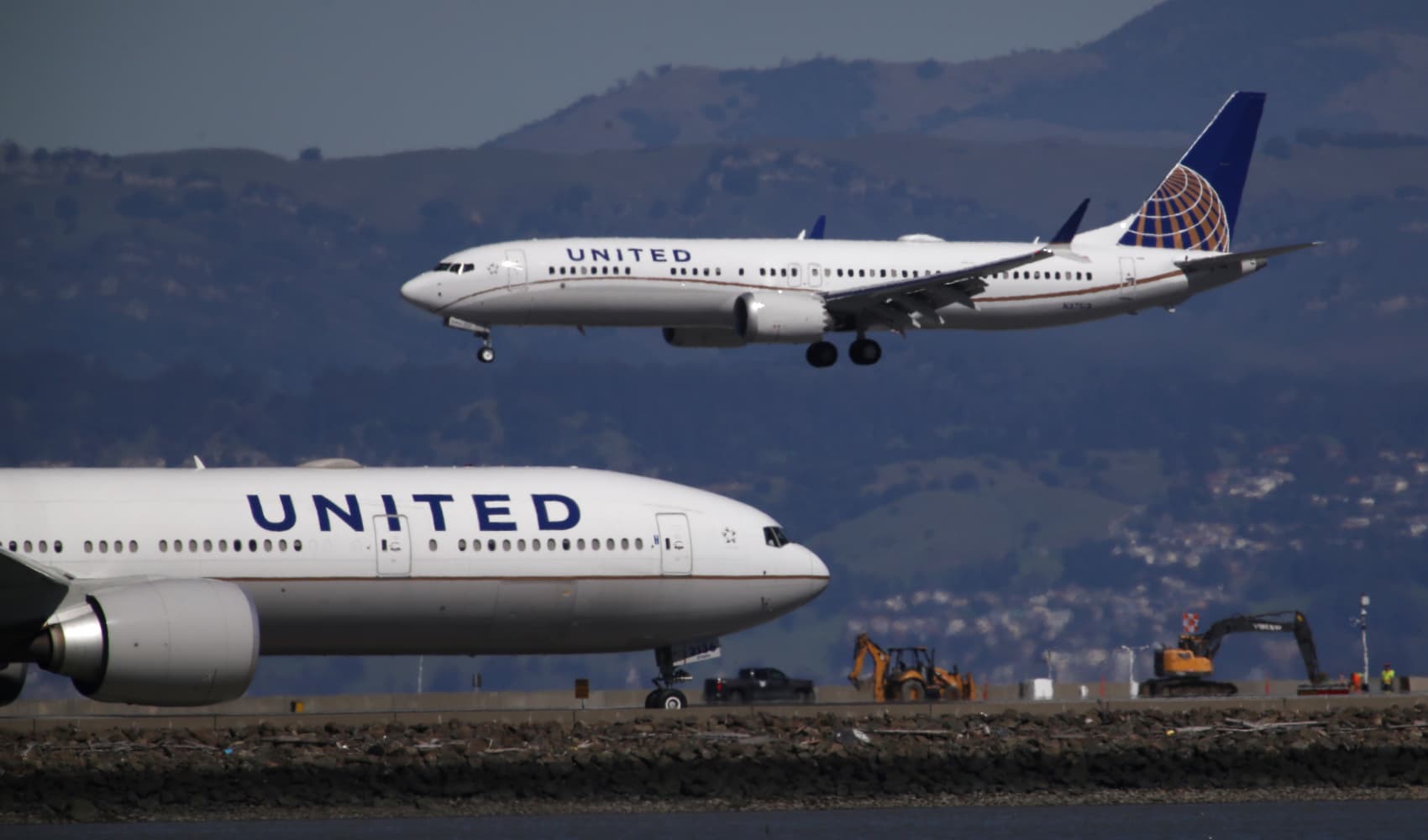
For every massive hit like the Popeye's chicken sandwich, the food industry produces countless duds.
But not all swings-and-misses are created equal. Some are reviled by customers, while others don't sell well enough to justify the millions that were sunk into their research and development.
Samuel West has been curating these foods for the Museum of Failure, a traveling exhibition which most recently set up shop in Brooklyn's Industry City in mid-March and will last until May 9.
At the museum, visitors can see failed products ranging from the once-promising 3D TVs to the infamous MoviePass. But it's the food section that has some of the most head-scratching failures.
Get Boston local news, weather forecasts, lifestyle and entertainment stories to your inbox. Sign up for NBC Boston’s newsletters.
"What I really appreciate with the food and beverage industry is that they have this sort of evolutionary approach," West says. "They test a bunch of different things and see what sticks."
West tells CNBC Make It that failures aren't inherently bad, and that trying out whiffs like beef and fish-flavored water for cats and dogs or New Coke are necessary steps in the process of innovation.
"If we don't accept the failures, we can't have the good stuff," West says.
Money Report
These are five of the biggest culinary duds at the Museum of Failure.
Heinz EZ Squirt Ketchup

At the turn of the century, Heinz decided that it needed to shake things up. The condiment company decided to innovate by turning its ketchup purple, green and several shades in between. The brightly colored ketchup was advertised to kids in commercials highlighting how the new nozzle would allow them to draw on their food.
Though the product was initially a hit with customers, it ended up being discontinued by 2006 as customers went back to their regular red ketchup.
McDonald's Arch Deluxe
In the mid-1990s, McDonald's tried to de-throne the Big Mac and expand its customer base with a new, premium item. The fast food chain spent a reported $200 million developing and marketing the Arch Deluxe: a quarter pound beef patty on a potato bun, topped with bacon, lettuce, tomato, cheese, onions, ketchup and a mustard-mayonnaise sauce.
The problem? No one really liked it. Franchisees found it difficult to make because it required new sauce, buns and seasoning, which threw a wrench into their operations. Customers, meanwhile, thought it was overpriced. It was removed from menus in 2000.
Colgate frozen dinners
It's safe to say that Colgate should've stuck to toothpaste. The dental care brand made a brief foray into into foods, introducing a frozen lasagna TV dinner in the 1980s.
Kellogg's orange juice-flavored cereal
Kellogg's introduced OJ's in 1985, advertising the cereal's "natural flavors" and how it had "all the vitamin C of a 4oz glass of orange juice."
"When I saw it I immediately thought 'that's disgusting,'" West tells CNBC Make It. "Orange juice and milk? That just doesn't seem like it goes together."
Customers agreed, and Kellogg's discontinued the cereal a year later.
Crystal Pepsi

In 1992, Pepsi was convinced that what consumers wanted was a caffeine-free, clear version of its iconic soda. But Crystal Pepsi didn't last two years before it was yanked from shelves.
In an interview with Thrillist, the former Pepsi marketing executive who came up with the idea called it "probably the best idea I've ever had — and the most poorly executed."
DON'T MISS: Want to be smarter and more successful with your money, work & life? Sign up for our new newsletter!
Take this survey and tell us how you want to take your money and career to the next level.






